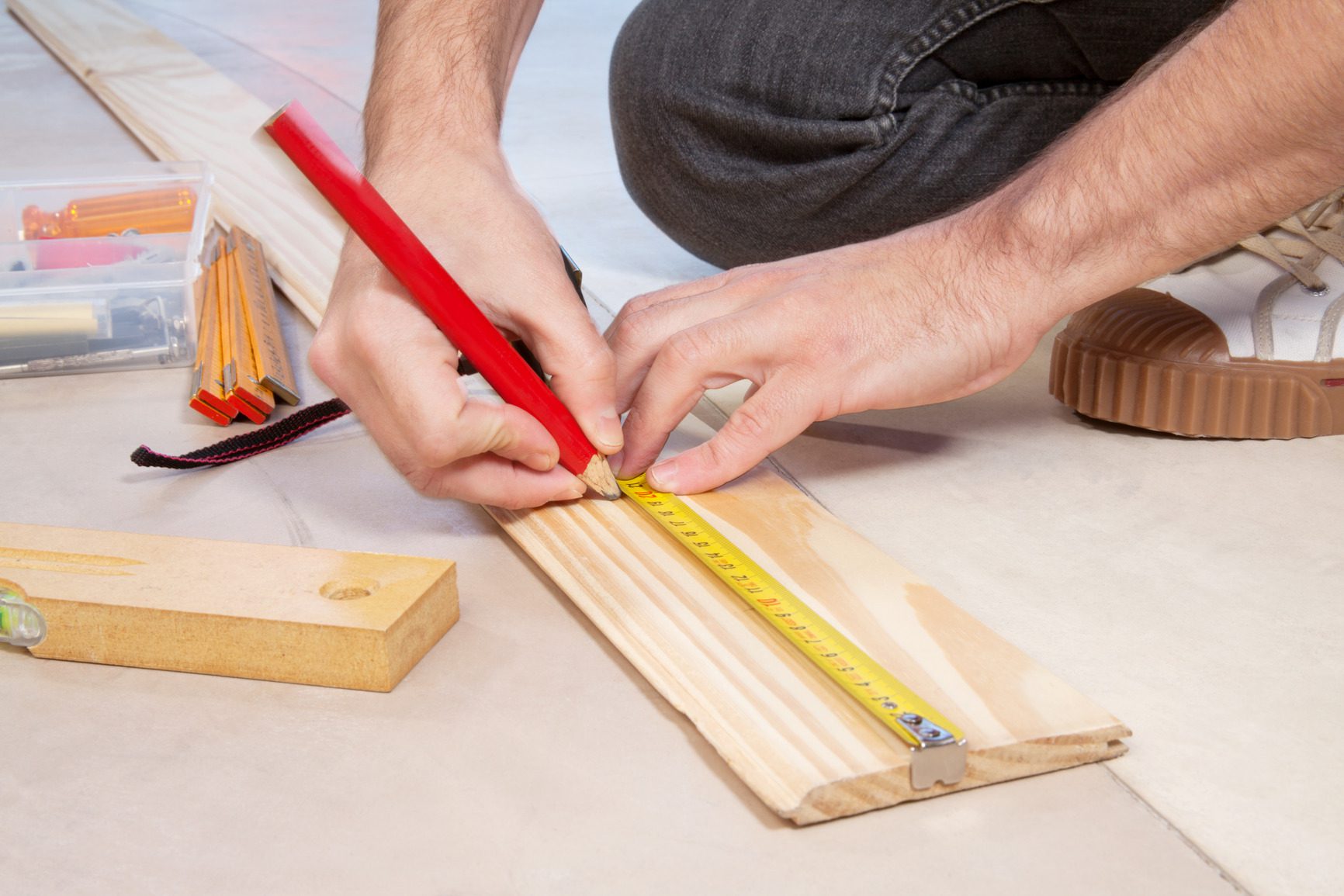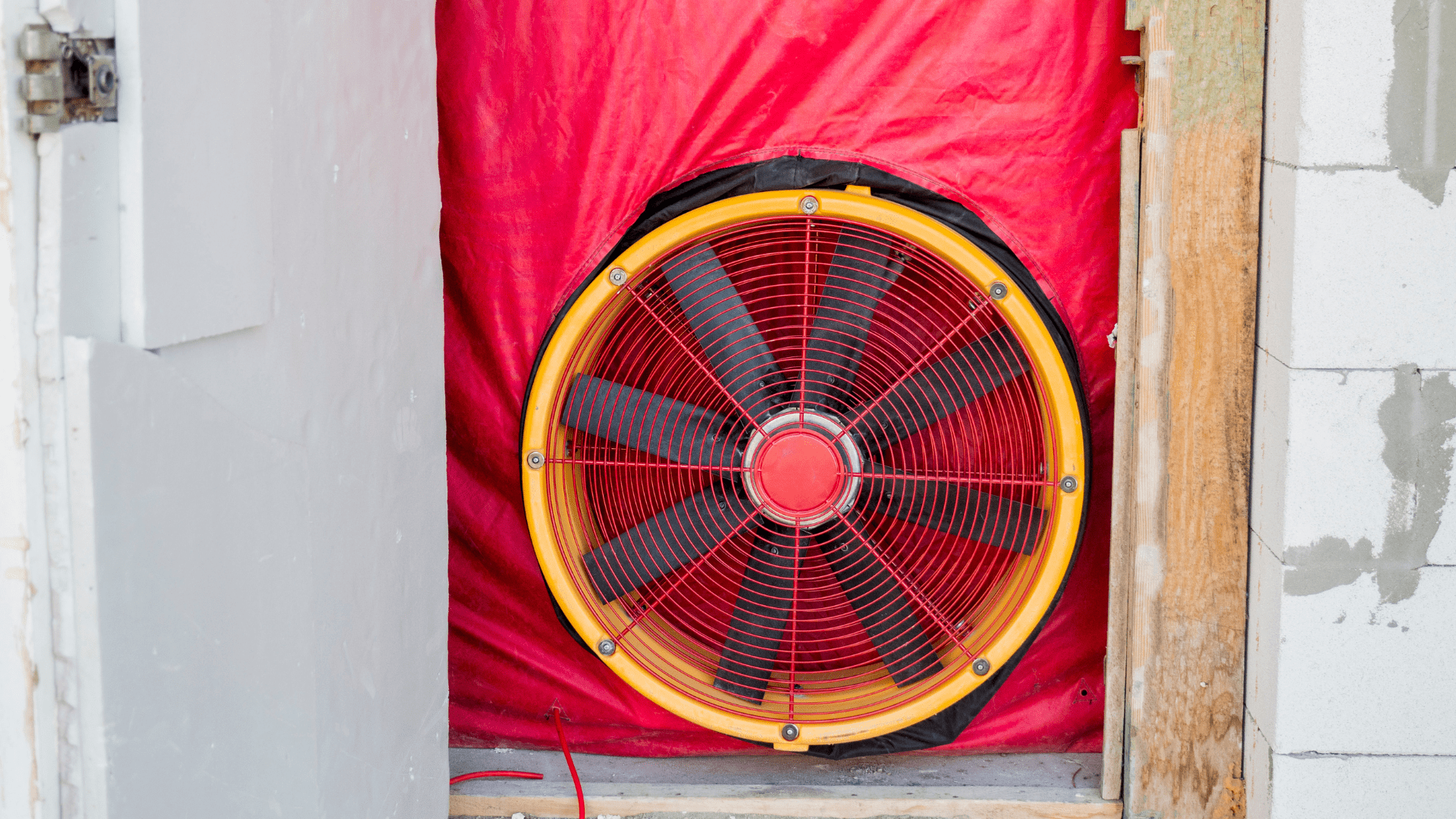The ENERGY STAR® for Homes Program
For over 20 years, the ENERGY STAR Program has been the flagship brand for energy performance in commercial buildings, products, and residential construction. Since the launch of ENERGY STAR for Homes in 1995, over 2.2 million dwelling units have earned the ENERGY STAR certification. Now, both Single-Family and Multifamily projects have specific program requirement to earn the ENERGY STAR certification.
Earning this certification grants builders, developers, and owners access to energy efficient mortgages, higher tier rebate programs, and more.
Not only are there some great financial incentives associated with the ENERGY STAR for Homes Program, but homes certified in the program are more comfortable and have lower bills. Best of all: it’s backed by a robust and nationally-recognized brand.
What does it take to get an ENERGY STAR-certified home?
The process starts even before the design is finalized. The ENERGY STAR Program requires three distinct parties to become partners: builders/developers, HVAC contractors, and energy rating companies.
These performance tests are the air infiltration test (also known as a “blower door test” thanks to the equipment used), the duct leakage test (which actually involve two different tests), and the mechanical ventilation test.
The air infiltration test involves the certified Verifier setting up a large fan called a blower door, then pressurizing or depressurizing the house to 50 Pascals, with respect to the outside. Testing at this specific pressure point helps verifiers find gaps in the “thermal envelope” of the house. These are places where hot air leaves in the winter and comes into the house in the summer.
The duct leakage test, as already noted, is actually two separate, interrelated tests. The first is the total duct leakage (TDL) test. Like the air infiltration test, this test is performed by setting the pressure between the duct system and the outside to 25 Pascals, but using a different device: a duct blower. This test measures all the leaks that exit your HVAC duct system – leaks that come back into the house, or leave it entirely.
The second test is the leakage to outside (LTO) or duct leakage to outside (DLO) test. It’s performed using a combination of the blower door and duct blower. The blower door induces a set pressure of 25 Pascals with respect to the outside. At the same time, the duct blower brings the duct system pressure with respect to the house to zero. What this does is measure all the leaks in the duct system that leave the home entirely.
The final performance test measures the whole house mechanical ventilation system, and local mechanical ventilation like bath exhausts and kitchen range hoods. While the actual test method depends on the equipment installed – be they Energy Recovery Ventilators (ERVs), Heat Recovery Ventilators (HRVs), or Air Cycler systems – this test is critical to making your home comfortable and healthy.
After working with ENERGY STAR New Homes, what do you get?
The final product is a home that’s energy efficient, comfortable, and has had third-party verification that makes sure the home meets the requirements of the ENERGY STAR Program.
There’s no other program that has the national scope and effect of improving energy efficiency. In 2019 alone, the ENERGY STAR Residential New Construction program helped homeowners save over $400 million in energy costs, and reduce production of nearly 4 million metric tons of greenhouse gases.
Want to see how much the ENERGY STAR Program affected your state in 2020? Find out here!
If you’re in the market for a new home or multifamily dwelling unit, it’s worth your time to find a builder or development that’s earned the ENERGY STAR certification.
You’ll save money, be more comfortable, and have a hand in reducing greenhouse gas production.





